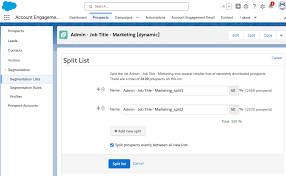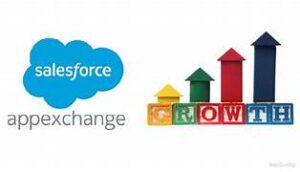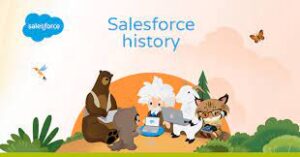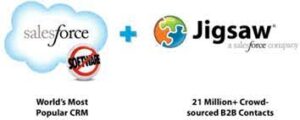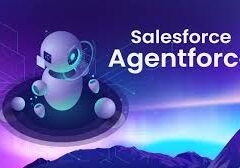Split-Testing Hyperlink Destinations in Salesforce: A Complete Guide
How to A/B Test Link URLs in Salesforce Campaigns
Want to optimize your email conversions without changing your message? Here’s how to test different destination URLs while keeping your hyperlinks consistent across Salesforce campaigns.
Two Approaches to URL Split-Testing in Salesforce
1. Using Marketing Cloud (Native Solution)
Best for: Enterprise teams with SFMC licenses
Capabilities:
✅ Built-in A/B testing for email links
✅ Automatic winner selection
✅ Salesforce-native analytics
Implementation:
- Create an email with two link variants:
- Version A:
yourdomain.com/offer-v1 - Version B:
yourdomain.com/offer-v2
- Version A:
- Use Content Builder’s split testing feature
- Distribute to segments (e.g., 50/50 split)
- Track clicks in Email Studio
Pro Tip: Test landing pages with different:
- Headlines
- CTA button colors
- Form lengths
2. Third-Party Integrations
Best for: Teams without Marketing Cloud
| Platform | Key Feature | Salesforce Integration |
|---|---|---|
| HubSpot | Visual URL testing | Native connector |
| Mailchimp | Link-level A/B tests | AppExchange integration |
| ActiveCampaign | Multi-URL experiments | API-based sync |
Workflow Example:
- Create email in your ESP with two destination URLs
- Sync test groups to Salesforce as Campaign Members
- Analyze results in Salesforce Reports using:sqlCopyDownloadSELECT Campaign.Name, COUNT(Id) FROM CampaignMember WHERE HasResponded = TRUE GROUP BY Campaign.Name
Critical Implementation Steps
Phase 1: Setup
- Identify test variables:
- Different product pages
- Varied promo codes (via UTM parameters)
- Mobile-optimized vs desktop layouts
- Configure tracking:urlCopyDownloadExample: Original: example.com/offer Test URLs: – example.com/offer?test_id=A – example.com/offer?test_id=B
Phase 2: Execution
- Sample size: Minimum 1,000 recipients per variant
- Duration: Run until statistical significance (typically 7-10 days)
- Control group: Always include original link as baseline
Phase 3: Analysis
Key Metrics to Track in Salesforce:
📈 Click-through rate (Email > Campaign Influence)
💰 Conversion rate (Leads/Opportunities created)
⏱️ Time-to-conversion (Sales Analytics)
Advanced Tactics
Dynamic URL Testing
apex
Copy
Download
// Sample Salesforce Apex for dynamic routing
public String getOptimizedLink() {
Integer randomizer = Math.mod(Math.abs(Crypto.getRandomInteger()),100);
return (randomizer < 50) ? 'versionA_url' : 'versionB_url';
}
Cross-Object Tracking
- Map email clicks to:
- Opportunity stage changes
- Case resolution time
- Account engagement scores
Limitations & Workarounds
⚠️ Core Salesforce Limitation
- No native link-level A/B testing in:
- Classic Email Templates
- Lightning Email Quick Actions
🔧 Solutions:
- Use Marketing Cloud Personalization
- Implement CloudPages for dynamic content
- Leverage Einstein Engagement Scoring to infer best performers
“Companies testing link destinations see 22% higher email conversion rates on average.”
— Salesforce State of Marketing Report
📥 Download Salesforce A/B Testing Playbook
▶️ Watch Marketing Cloud Split-Test Tutorial
Which approach fits your tech stack?
🔵 Marketing Cloud user? Start with Content Builder
🟠 Using ESPs? Explore AppExchange integrations today

